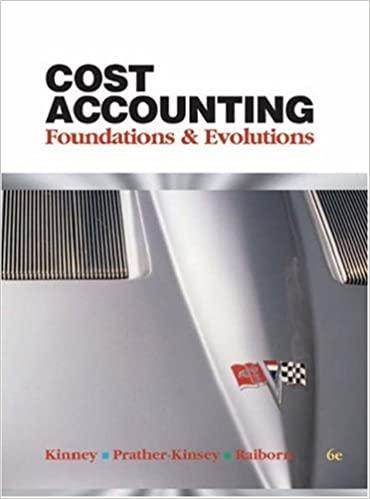(Alternative cost management strategies) In 1993, Procter & Gamble (P&G) management tried to control costs by eliminating...
Question:
(Alternative cost management strategies) In 1993, Procter & Gamble (P&G) management tried to control costs by eliminating many of its brands’ coupons while increasing print advertising. Only a miniscule portion of tire hundreds of billions of coupons distributed annually by P&G were ever redeemed by cus¬ tomers. Eliminating coupons allowed P&G to reduce its prices on most brands. After testing a market in the northeastern United States, P&G found that it lost 16 percent of its market share because competitors did not follow P&G in this move. Instead, competitors countered P&G’s decrease in price promotions by increasing their price promotions. Although price promotions had been unprof¬ itable, discontinuing them while competitors did not was even more unprof¬ itable for the company. P&G probably anticipated losing some market share in exchange for more profitability and equity for its brands but not to the degree that occuixed. Advertising was expected to reverse the damage to penetration.14
a. What costs and benefits did P&G likely consider in its discontinuance of coupons?
b. What was P&G’s apparent strategy in deciding to lower prices? Explain.
LO.1
Step by Step Answer:

Cost Accounting Foundations And Evolutions
ISBN: 9780324235012
6th Edition
Authors: Michael R. Kinney, Jenice Prather-Kinsey, Cecily A. Raiborn





